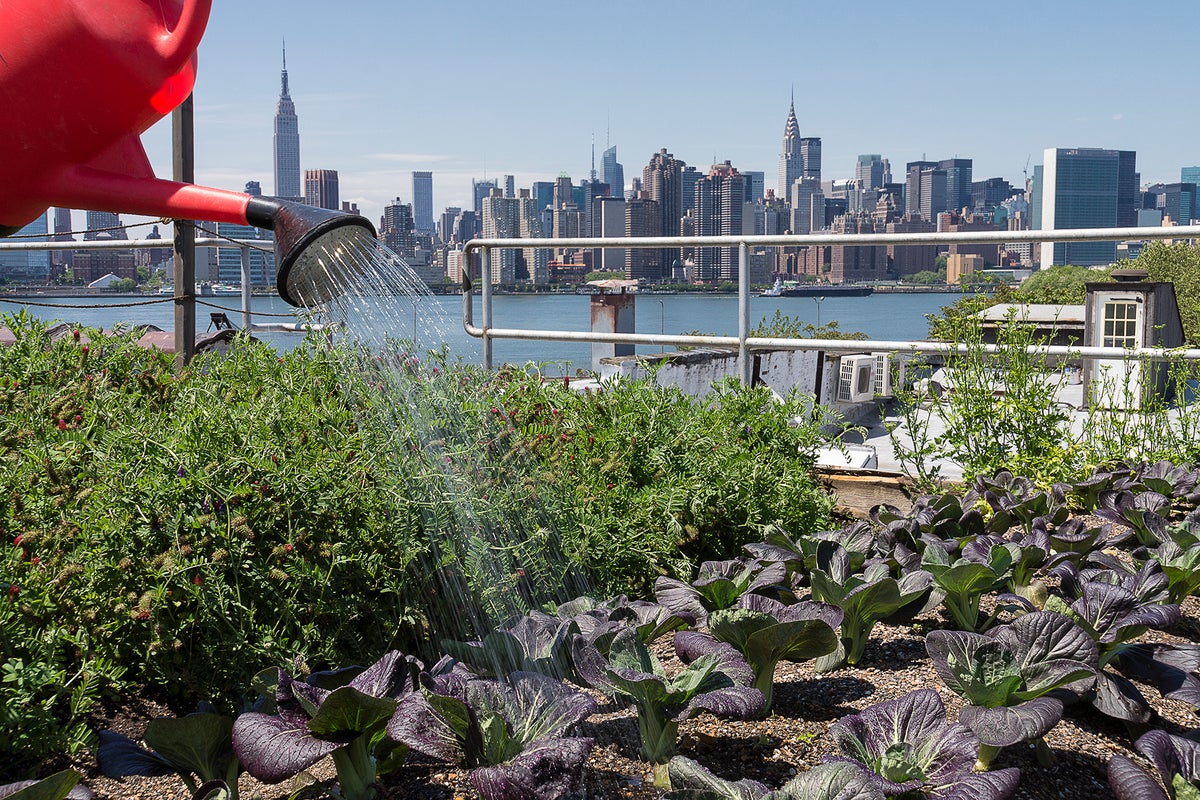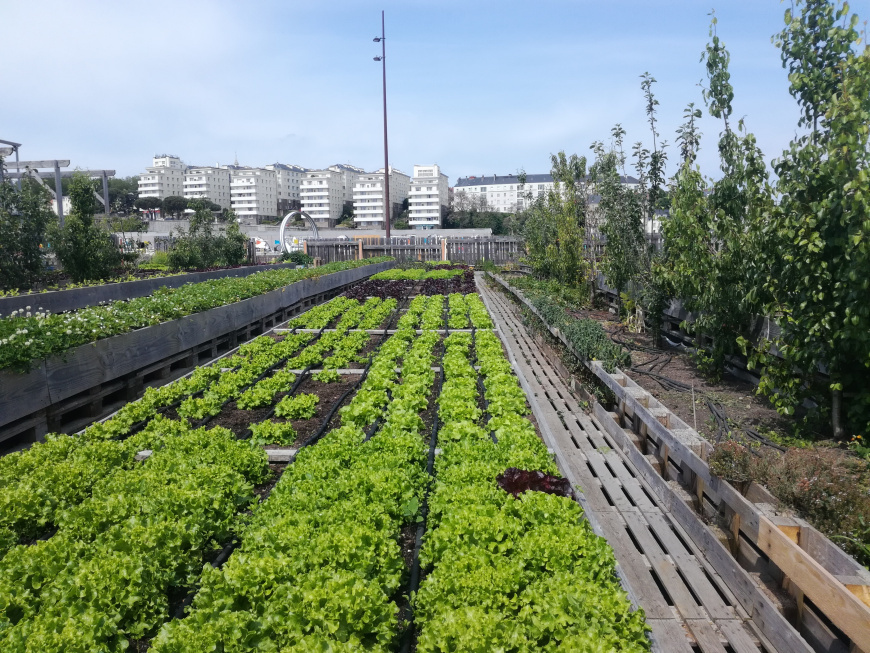Fascination About City Blooming
Table of ContentsTop Guidelines Of City BloomingThe Best Strategy To Use For City BloomingSome Of City Blooming10 Easy Facts About City Blooming Explained5 Easy Facts About City Blooming Shown
Interested in expanding food available for sale in the City of Chicago? Thinking of beginning a community yard? Changes to the Chicago Zoning Regulation allow agricultural uses like neighborhood yards and urban ranches in lots of parts of the city. Below is a list of regularly asked concerns relating to the policies and guidelines that growers must consider when preparing a city farming task.
The zoning modification does not change any type of various other codes handling composting, building licenses, acquiring or leasing City possessed building, company licenses or environmental contamination. There are existing codes that regulate these issues and they stay completely effect and may apply to your task. Community gardens are usually owned or handled by public entities, public organizations or community-based organizations and maintained by volunteers.
Urban farms grow food that is planned to be offered, either on a not-for-profit or for-profit basis. As a result of their industrial objective, city farms need a company certificate. Yes. A neighborhood yard is allowed to market surplus generate that was expanded on site if the sales are accessory or secondary to the garden's primary purpose defined above.
City Blooming Fundamentals Explained
Composting is permitted but just for plant product that is produced and utilized on website. The amount of garden compost material can not surpass 25 cubic lawns at any type of given time according to the standards in 7-28-715 of the City's Municipal Code. Yes. Due to the fact that the dirt at many new garden websites needs changing, garden compost, dirt, wood chips, or other materials can be acquired to build or boost the growing area - City gardening.

If a building permit is needed then the hoophouse will be taken into consideration an accessory structure. You can figure out even more concerning the structure license needs by contacting the Department of Buildings. The 25,000-square-foot dimension restriction is meant to protect against a solitary neighborhood yard from controling a given block or interfering with the block's existing household or industrial character.
The limit does not put on yards situated in Public Open Room (POS) areas. Can there be more than one neighborhood garden that is 25,000 square feet on a solitary block? Yes. The dimension limit uses to specific gardens, not to specific blocks. No. Secure fencing is not needed, however, gardens that have large car parking areas may be required to install fencing or other landscaping features.
The Facts About City Blooming Revealed
B1 & B2 districts need that all industrial use activities be conducted indoors. R areas restrict industrial task. The guidelines reflect the purpose and intent of the Zoning Code. Is fencing required for city farms? Yes. Fences might be called for, along with landscape design and screening, for sure car park areas and outdoor job or storage space areas depending on place and the specific task taking location.
Urban farms require building licenses and zoning authorizations prior to construction (indoor plants). Various other kinds of city testimonial might be called for depending on particular structures, activities, dimension, landscaping, licensing, public heath and stormwater management concerns.
Yes. The kind of permit is established by what is happening at the website. The Department of Business Matters and Consumer Security can aid determine the certain type of business license that's needed. Yes. Off street parking is needed for a lot of industrial tasks in Chicago. The required variety of car parking areas is based on the variety of staff members functioning on website and not the square video footage of the expanding room.
An Unbiased View of City Blooming

Yes. A metropolitan ranch can offer compost product created on website, nevertheless, the operation should abide by the policies in 7-28-715 of the Chicago Municipal Code. Yes. Aquaponic systems are enabled inside on metropolitan ranches in several zoning areas. Nonetheless, a zoning testimonial and structure authorization is called from this source for in order to install structures or systems and a business license is needed as explained over.
Approximately five hives or colonies of honey bees may be maintained as an accessory usage. Beekeepers should sign up with the Illinois Division of Farming. To find out more about the proposed zoning modification you might speak to the Department of Housing and Economic Growth, Bureau of Planning and Zoning at 312.744.8563.
Farming in cities and metropolitan locations A metropolitan farm in Chicago. Urban agriculture describes various practices of cultivating. https://danielnold94107.wixsite.com/my-site-1/post/city-gardening-a-green-oasis-in-urban-spaces, handling, and distributing food in urban areas. The term likewise relates to the location activities of animal husbandry, tank farming, beekeeping, and gardening in an urban context. Urban farming is differentiated from peri-urban agriculture, which occurs in country areas beside residential areas.
The smart Trick of City Blooming That Nobody is Talking About
, that seek to create social networks founded on a common ethos of nature and area holism. These networks can develop by method of official institutional assistance, becoming incorporated into neighborhood community preparation as a "transition community" movement for sustainable metropolitan advancement.
The much more straight access to fresh vegetable, fruit, and meat products that may be know through urban agriculture can boost food safety and security and food security while lowering food miles, causing lower greenhouse gas exhausts, consequently adding to environment change mitigation. Some of the first evidence of metropolitan farming originates from Mesopotamia.